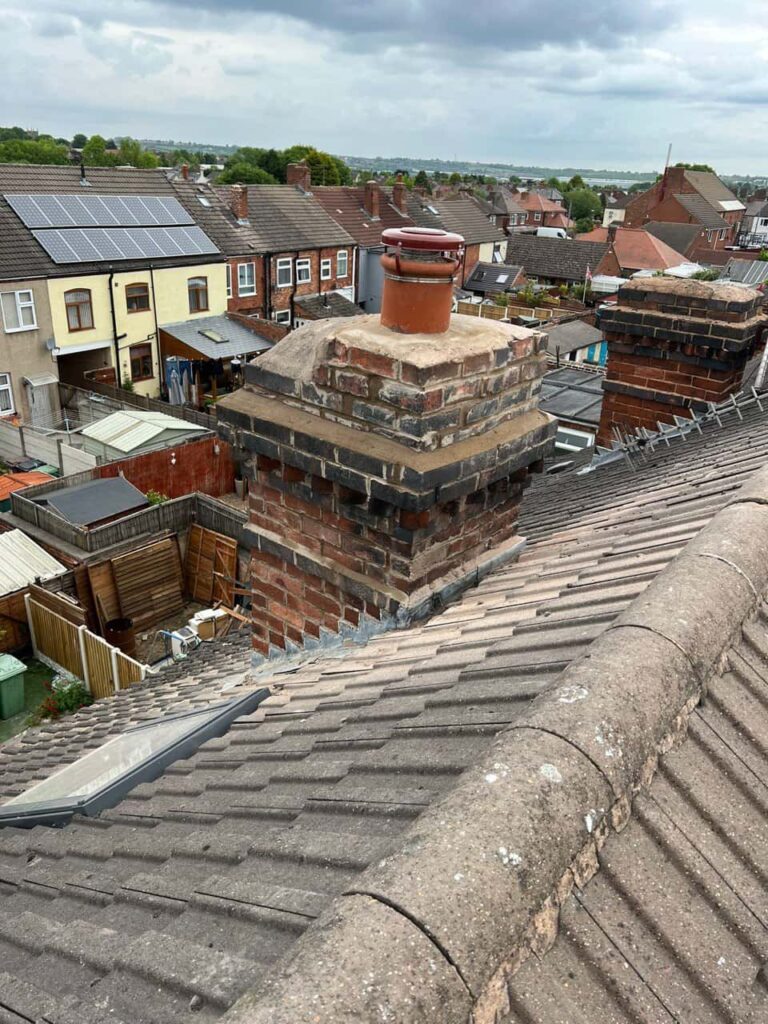Overflowing gutters can lead to serious damage not only to your gutter system but also to your roof and the overall structure of your home. Properly functioning gutters are essential for directing rainwater away from your property, preventing leaks and water damage. At LS Roofing Staines-upon-Thames, we understand the importance of maintaining your gutters, especially during the rainy seasons. Here’s how to address overflowing gutters before they cause significant problems.
1. Identify the Cause of Overflow
The first step in fixing overflowing gutters is to determine the underlying cause. Common reasons for gutter overflow include:
- Clogged Gutters: Leaves, twigs, and debris can accumulate in your gutters, blocking the flow of water and causing it to overflow.
- Improperly Installed Gutters: If gutters are not installed at the correct angle, water may not drain properly.
- Downspout Issues: Downspouts that are blocked or improperly sized can lead to backups and overflowing gutters.
2. Clear Out Debris
If you suspect that clogged gutters are the issue, it’s time to clean them out. Here’s how to do it safely:
- Gather Your Supplies: You’ll need a sturdy ladder, gloves, a trowel or scoop, a bucket or tarp, and a hose.
- Safety First: Ensure your ladder is stable and positioned on flat ground. It’s best to have someone with you for added safety.
- Remove Debris: Use the trowel or scoop to remove leaves and debris from the gutters, placing it into your bucket or tarp.
- Flush with Water: After clearing the debris, use a hose to flush out any remaining dirt and check if water flows freely through the gutters and downspouts.
3. Check for Damage
While cleaning your gutters, take the opportunity to inspect them for damage:
- Look for Cracks or Holes: Inspect the gutters for any cracks or holes that may need sealing.
- Evaluate the Hangers: Ensure that the brackets or hangers securing the gutters to the house are in good condition and properly spaced.
- Examine the Downspouts: Check that the downspouts are not damaged and are correctly directing water away from your home.
4. Adjust the Angle of the Gutters
If your gutters are installed incorrectly, they may not drain properly. Gutters should be sloped towards the downspouts to facilitate efficient water flow.
- Reposition if Necessary: If you notice that the gutters are level or sloped away from the downspouts, you may need to adjust them. This may require professional assistance to ensure they are reinstalled correctly.
5. Install Gutter Guards
To prevent future clogging, consider installing gutter guards. These protective barriers help keep leaves and debris out while allowing water to flow freely.
- Types of Gutter Guards: There are various options available, including mesh screens, reverse curve guards, and foam inserts. Choose a type that suits your home and environment.
6. Regular Maintenance
Regular gutter maintenance is key to preventing overflowing gutters:
- Schedule Inspections: Inspect your gutters at least twice a year, particularly in the spring and autumn when debris is likely to accumulate.
- Consider Professional Help: If you’re uncomfortable performing maintenance tasks or if your gutters are significantly clogged, consider hiring a professional service to handle the job.
Conclusion
Overflowing gutters can lead to severe damage to your roof and home if not addressed promptly. By identifying the cause, cleaning your gutters, checking for damage, adjusting their angle, and considering gutter guards, you can effectively manage and prevent overflow issues. Regular maintenance is essential to ensure that your gutter system functions properly.
Call us on: 01784 775 782
Click here to find out more about LS Roofing Staines-upon-Thames
Click here to complete our contact form and see how we can help with your roofing needs.

